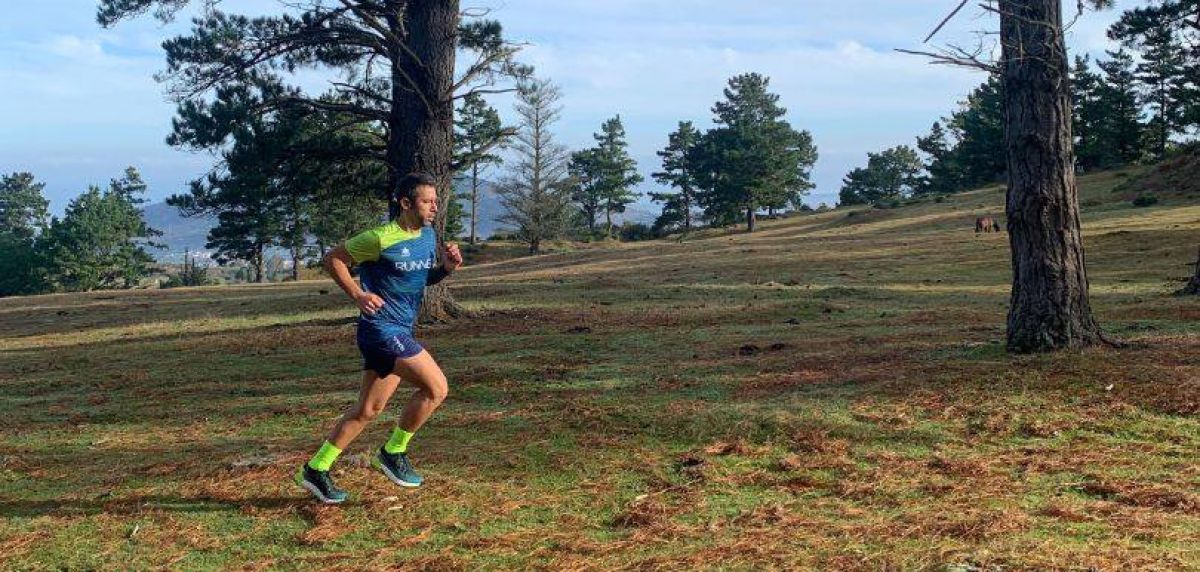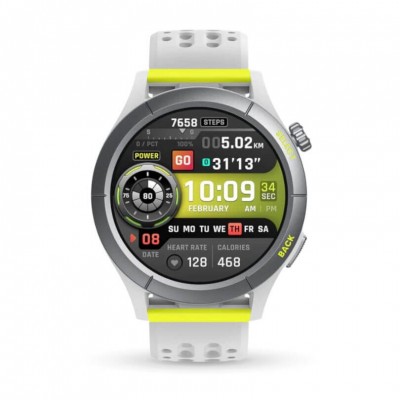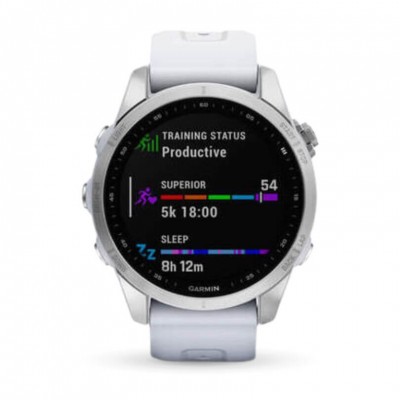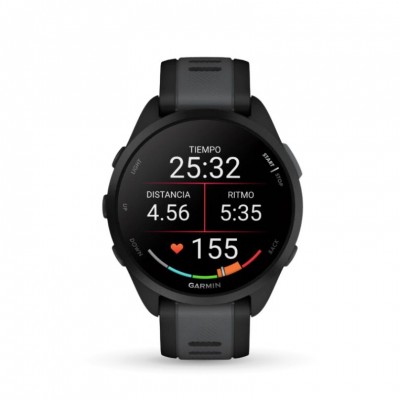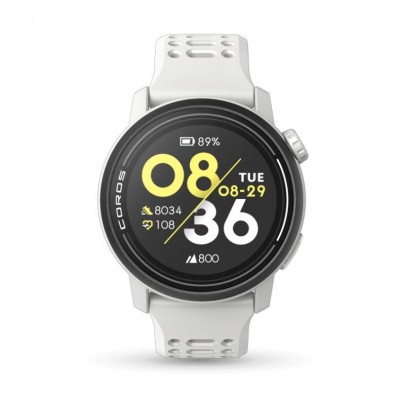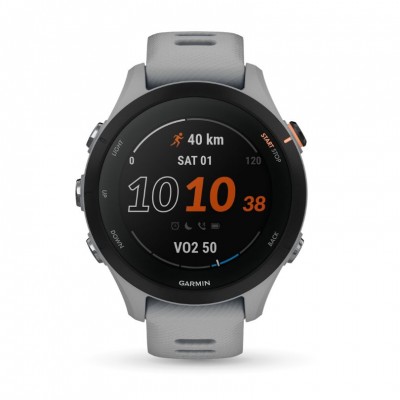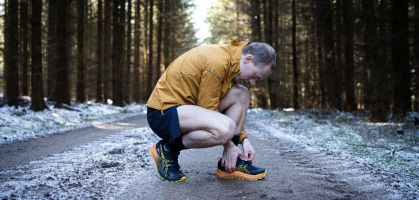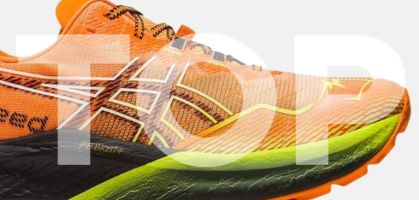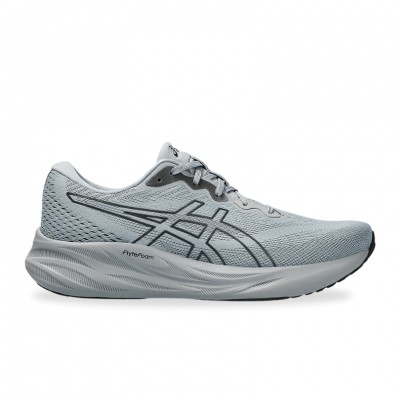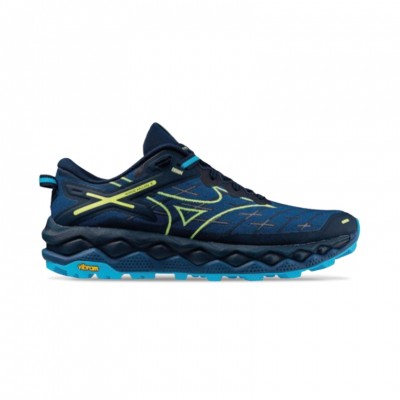By now, any self-respecting trail runner knows the basic differences between road running and trail running. However, many of the beginners in the mountain running world, and even the most experienced asphalt runners who decide to try their luck in nature, tend to make the same rookie mistakes.
That is why, this time, on RUNNEA we will focus on some of the essential aspects of a discipline as beautiful as it is hard—trail running. If your goal is to move from asphalt to the mountains, or if you just want to get started in running and can not conceive any other way to do it than in nature, these are the 5 tips you should follow to enjoy it to the fullest.
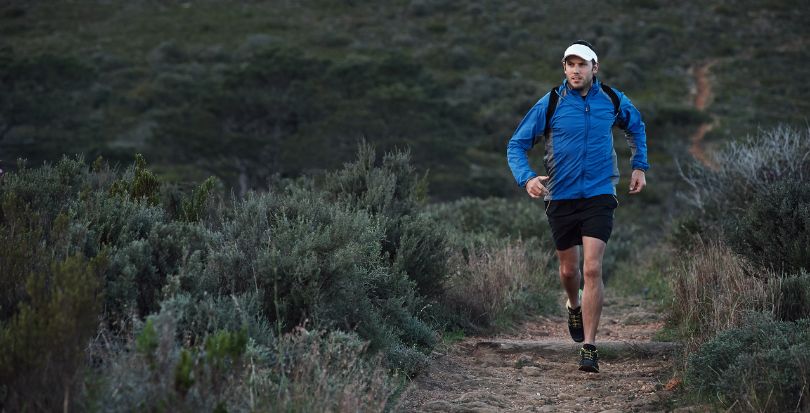
5 basic rules of trail running for novice runners
As we said before, trail running is a discipline that is quite different from road running, except, of course, for the fact that it is consists of running from point A to point B. There are many factors that differentiate them and make it necessary to take into account certain aspects before, during and even after practising trail running. That's why, if you are a novice runner in this discipline, we want to emphasise the 5 essential rules that you must follow when you practise it.
Know the danger of the discipline
Mountain running is an arduous task that implies knowing the dangers you will face. Two of the main factors, which entail a great paradigm shift with respect to asphalt, are the weather and the terrain. It is essential to know perfectly (as well as possible) the weather we are going to encounter, whether in training or in races.
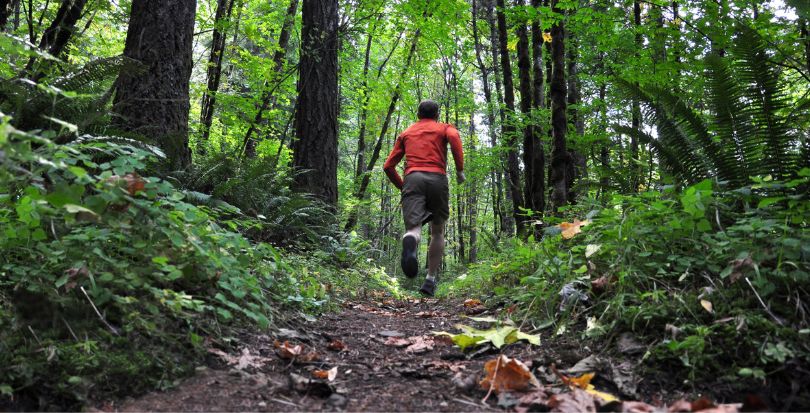
Usually, in competitions, the organisation itself prepares an explanatory briefing on the conditions that are expected in the race, but during training it is also essential to study them. In this way, we will avoid any kind of adversity catching us in an unexpected place or with the wrong material.
On the other hand, understanding and assimilating the difficulty of the different types of terrain that we may encounter along the route will make it easier for us to be better prepared to overcome them. From technical and rocky surfaces, to more compact trails or tracks, to greasy or muddy terrain. All of them make up the playground of trail running, which is much more dangerous, and even inaccessible in case of accident, than the asphalt of the city.
Forget about race paces
Trail runners, as we know from our own experience, are obsessed with their heart rate monitors. We always want to go a little faster or nail the pace or cadence in the race. Therefore, if you face your first days of trail running, you have to forget the watch.
Not sure which running shoe to choose?
In a few simple steps we help you to choose the ideal running shoe for you
Go to the Shoe FinderThe mountain has its own rules, and one of them is its slope. The slope you encounter along the route, either uphill or downhill, will always modify your pace and running cadence, there is no other way around it. Therefore, don't worry about maintaining a constant pace, since not even the elite athletes of the discipline can do it.
You will have to play with it both on the flats and on the uphills and downhills, even walking on sections of steep and prolonged incline. You are not on asphalt, in the mountains it may even be counterproductive to try to maintain the trot in certain sections, since your wear and tear will be greater. So keep a clear head and listen to your body.
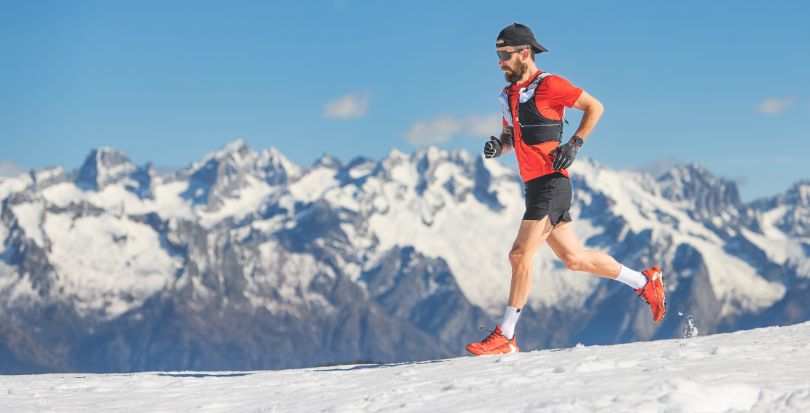
Don't underestimate descents
And speaking of slopes, we could not miss the opportunity to talk about downhills or descents. Many people think that once you get to the top, going down "is a piece of cake," a statement that may be one of the biggest lies in trail running. In fact, there are few races that will take us up to the summit and then descend without considering, later on, more positive elevation gain.
However, leaving that small nuance aside, the descents can hurt, and a lot. We attribute the fatigue and the hardness of the trail to the climbs, because of their physical and pulmonary demand on many occasions. But the descents are equally or more important than these, since both the difficulty of transition through the terrain and the wear, on this occasion, in joints such as knees or ankles, is much higher.
When you start to descend, be careful with the surface. You must be sure that the area where you place your running foot, the only support point of your stride, is stable and secure. Otherwise, a slip or sprain may not only result in a tumble on the ground, but also in a serious accident that could end your run or send you to the hospital in the worst case scenario.
In addition, as we said, the descents are one of the main sections in which your joints will suffer the most. Both knees and ankles will be heavily stressed, both on steep, technical descents and on more slippery sections. Therefore, keep a cool head and do not try to run more than necessary. These are moments when you will be able to slow down and recover your legs, as long as you do not underestimate their difficulty.
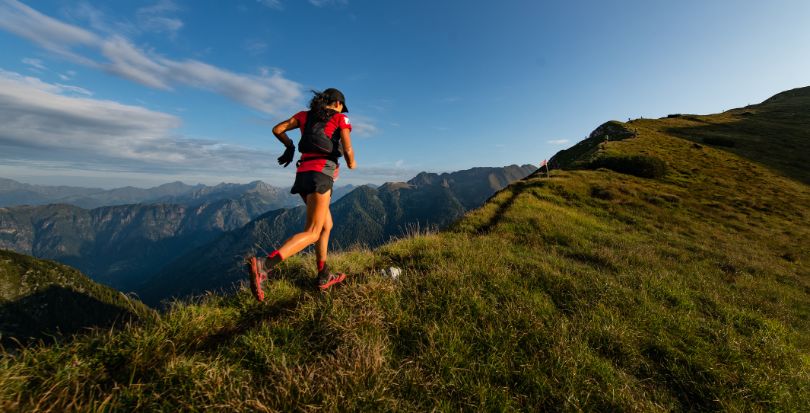
Choose the right equipment
Do not hesitate to get the equipment that best suits you to practise this sport. Contrary to what happens with road running, where lightness and cushioning are two of the key factors in choosing your running shoes, in trail running we must go a little further.
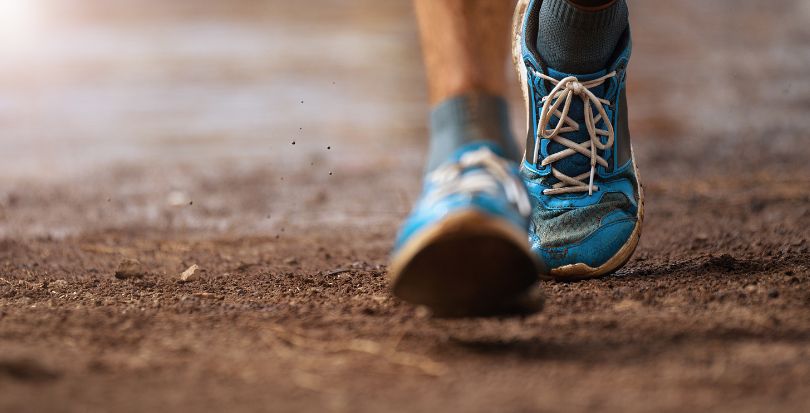
Yes, cushioning and lightness are still important, but the upper fabrics are also essential , where different types of waterproofing, the cushioning, oriented to one or another specific terrain, or the external protections are essential. In general, a good mountain runner will have more than one pair of trail running shoes that perfectly match their build, their pace and their usual training zones. However, as a minimum, it would be advisable to have a generic model and another one suitable for slippery terrain that can be used on rainy and muddy days.
Likewise, it is essential, beyond the footwear itself, to have quick-drying technical clothing, light poles, layers of protection against rain and a good hydration backpack in which to carry food and drinks comfortably. In addition, investing in a GPS heart rate monitor will help you to make your outings safer and with greater guarantees in case of loss or accident.
Enjoy everything around you
And last but not least, you have to enjoy the route. We know that road running can often seem monotonous and repetitive. It's a somewhat mechanical discipline that can sometimes allow us to discover fascinating cities and places, but generally it doesn't have an external incentive as powerful as that of trail running.
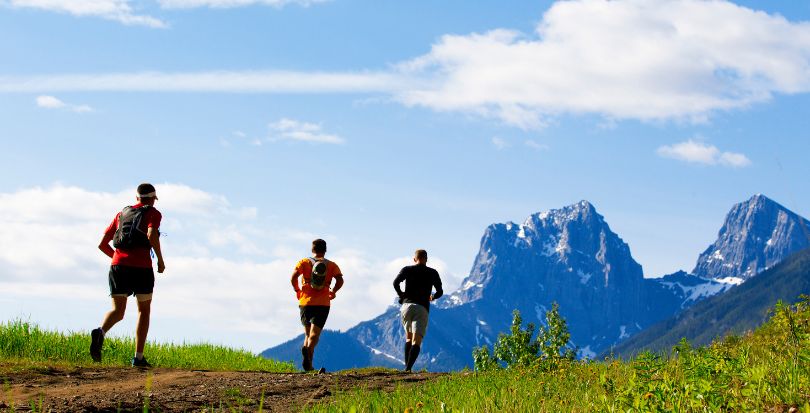
Therefore, focusing your training and competitions on the pleasure you get from them, both sporting and visual, can favour not only a greater enjoyment, but also a better performance. So we encourage you not to obsess about controlling everything around you, but to enjoy it. From the trails to the rocky terrains, from the sunny days and the heat to the rainy days and the cold, from the climbs to the descents... There is no greater gift than enjoying the sport surrounded by nature, so don't forget to lift your head up.
Read more news about: Trail
